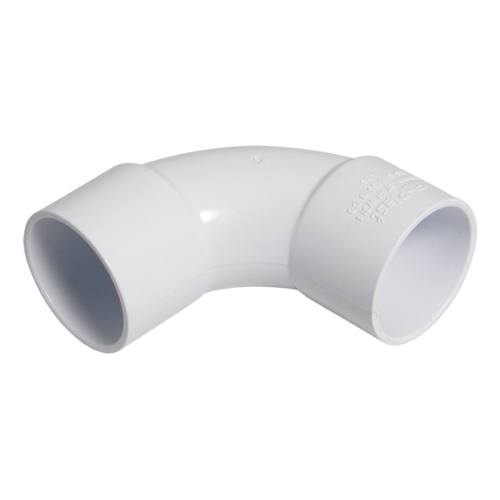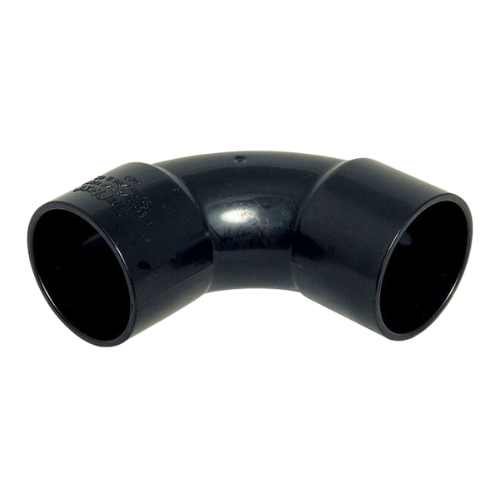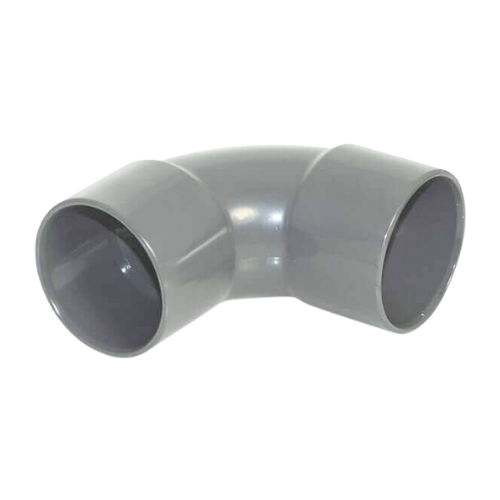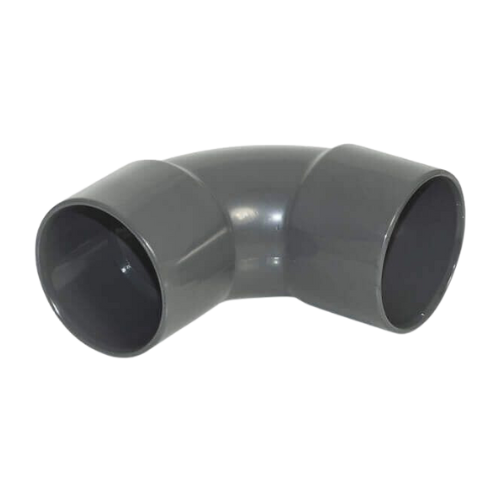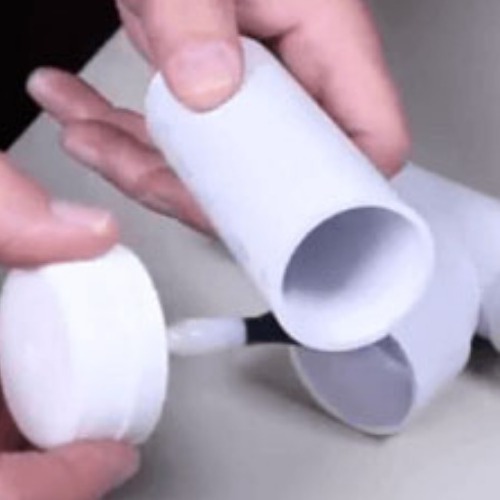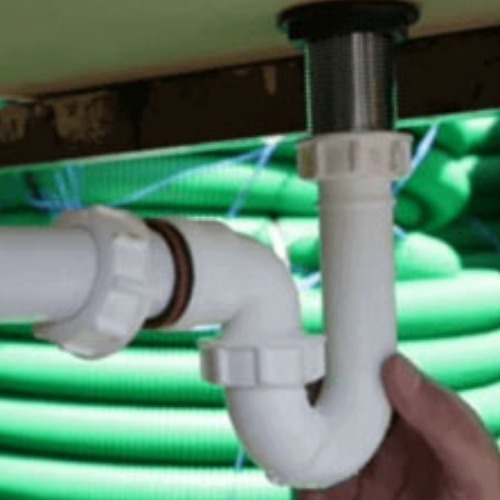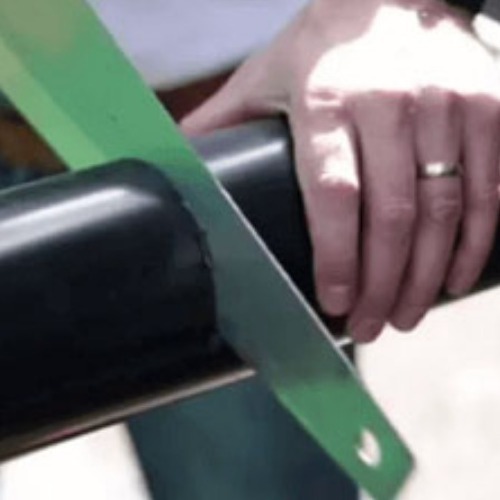Our solvent weld pipe system is manufactured to BS EN 1455-1:2000 and BS 5255 standards. This high-quality system offers versatility and aesthetic appeal by being available in four distinct colour options: white (all sizes), black (all sizes), grey (all sizes), and anthracite grey (32mm & 40mm).
With proper installation techniques and adherence to manufacturer guidelines, a solvent weld waste system can provide reliable drainage for sinks, showers, toilets, and other plumbing fixtures.
Selecting the Right Waste Pipe Sizes
When it comes to waste pipe installations, choosing the right size is crucial for efficient drainage and preventing clogs. The size of the waste pipe is determined by the type of fixture or appliance it serves. Here's a guide to help you choose the correct size:
- 32mm (1 1/4") Waste Pipe: Suitable for washbasins, vanity basins, and urinals, where the water flow and waste volume are relatively low.
- 40mm (1 1/2") Waste Pipe: 40mm waste pipe is recommended for kitchen sinks, washing machines, dishwashers, bathtubs, and showers, where the water flow and waste volume are moderate.
- 50mm (2") Waste Pipe: This larger size is typically used for combining multiple pipe runs or in commercial applications, where the waste volume is higher and the drainage system needs to handle a more substantial flow.
By selecting the appropriate waste pipe size, you can ensure optimal drainage performance and prevent potential clogs or backups in your plumbing system.
Solvent Weld Waste Pipe Applications
Solvent weld waste pipes are suitable for various applications due to their durability, corrosion resistance, and the ability to create permanent, leak-proof joints. They are widely used in new construction and renovation projects, offering a reliable and efficient solution for managing waste and drainage requirements.
Here are some common applications for solvent waste pipe systems:
- Bathroom installations: Connecting sinks, bathtubs, showers, and toilets to the main drainage system. Can also be used as extra ventilation pipes for bathroom fixtures.
- Kitchen installations: Drainage pipes for kitchen sinks and waste lines for dishwashers and washing machines.
- Laundry rooms: Waste lines for washing machines and utility sinks
- Basement and utility rooms: Drainage systems for floor drains, sump pumps, and water heaters.
- Commercial and industrial applications: Waste and drainage systems for restaurants, hotels, and manufacturing facilities. Also used as ventilation and vent stack piping for commercial buildings. Additional, using air admittance valves to add air to the system can stop syphoning.
How to Make a Solvent Weld Joint
Achieving a proper solvent weld joint is essential for a secure and leak-free plumbing system. Follow these steps to ensure a successful joint:
- Preparation is key – begin by cutting the pipe squarely, ensuring a clean end by using solvent cleaner. Remove any dust or debris from the pipe and fitting surfaces.
- Next, using SC250 Solvent Cement, generously apply the cement to both the outside of the pipe and the inside of the fitting. This step is crucial for creating a strong bond between the surfaces. Firmly push the pipe into the fitting, and give it a slight twist to ensure that the cement is evenly spread. This twisting motion helps distribute the cement evenly and creates a better weld.
- Once the pipe and fitting are joined, use a clean, damp cloth to wipe away any excess cement from the joint area. Allow the joint to set for 5 minutes before handling or moving it. This initial setting time is essential for the solvent cement to create a strong bond.
- While the joint will be set within 5 minutes, it is advisable to wait 12 hours before water testing the installation. This extended curing time ensures that the joint has fully cured and is ready for use. It's important to note that solvent weld joints cannot be taken apart once they are set. The joint forms a permanent, irreversible bond between the pipe and fittings.
For a visual demonstration of the solvent weld joint process, please watch our short video.
Compatibility of Solvent Weld System
While most ABS waste pipe systems are interchangeable, it's important to verify that the pipe and fittings form a tight fit with one another. Our waste pipe systems are fully compatible with our soil pipe systems, ensuring seamless integration throughout your plumbing installation.
Please note that the solvent weld fittings are incompatible with Push fit waste pipes made of polypropylene, as this material is not suitable for use with solvent cement.


